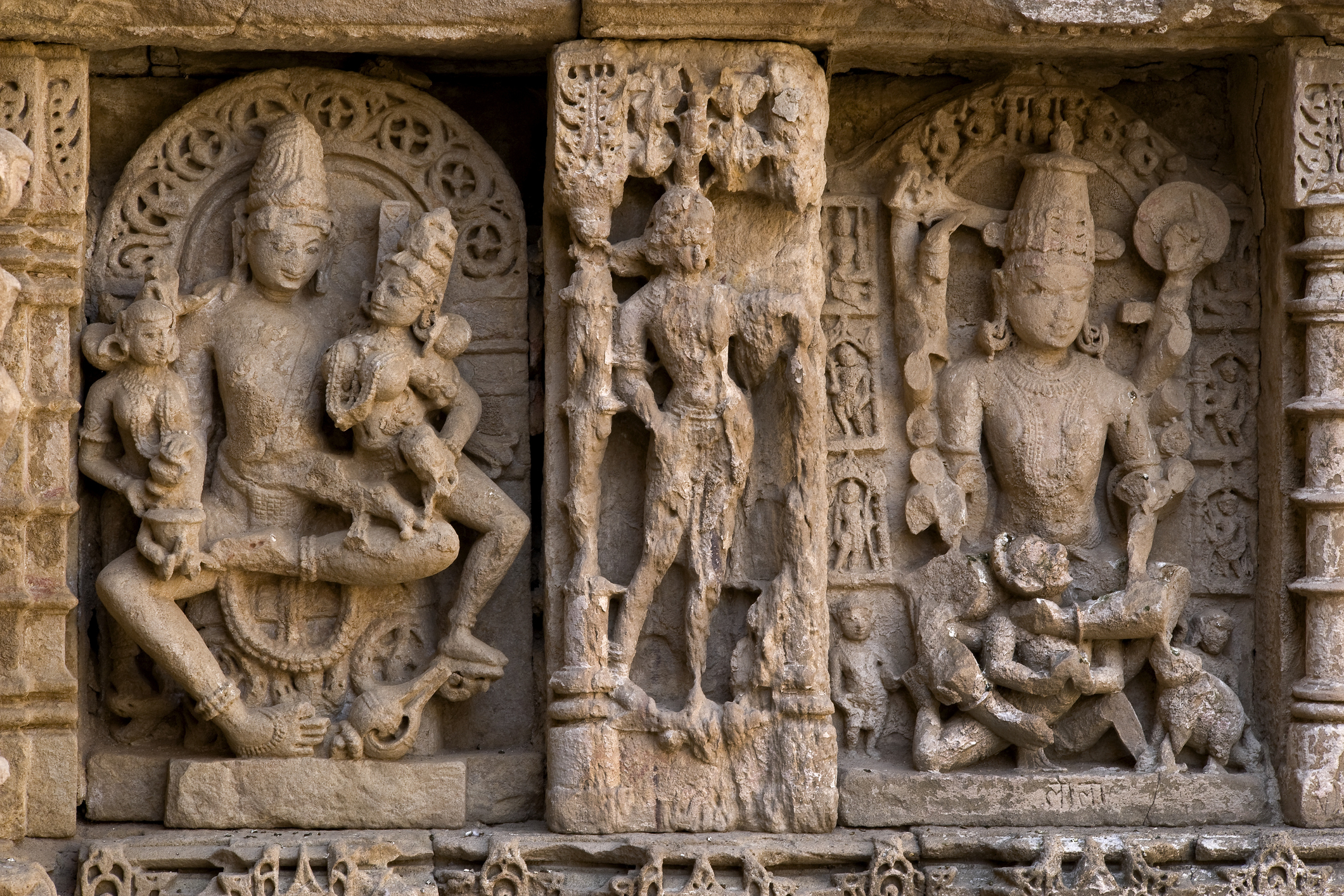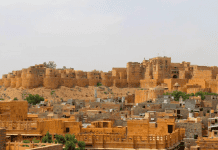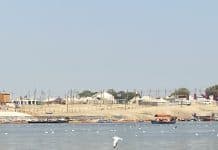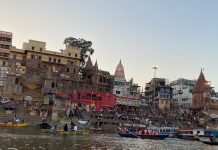Step wells of India have always mesmerised tourists from far and wide for their unique architecture and carvings. Not only does Rani-ki-Vav in Gujarat belong to this class of picturesque landmarks of India, but it also has a special historical beginning to it. There are various monuments which were built by kings for their beloved wives in India. All these monuments stand as symbols and power of love. However, Rani-ki-Vav stands apart and is exceptional as it was the queen who constructed it in the memory of her deceased husband.
We are talking about Rani-ki-Vav, an amazing piece of architecture and heritage, which has been recently recognised on 23rd June 2014 as a World Heritage Site by UNESCO. This historical step well has also made its way to the new 100 rupee note, issued by the RBI, in 2018.
Its history
Rani-ki-Vav is located in Patan, on the banks of the river Saraswati in Gujarat. It was constructed in the 11th century in the memory of Bhimdev, the son of Mularaja, the founder of the Solanki dynasty of Anahilwada Pattan. The richly-sculpted monument is considered a masterpiece, dedicated to the king by this widowed wife, Udayamati. The vav was later flooded by the nearby Saraswati River and slitted over until the late 1980s.
The step well is designed like an inverted temple, having seven levels of stairs, each and every stair beautifully carved and sculpted with mythological and religious images. The architecture reflects the rich style of the Solanki dynasty at that time.
This unique stepwell is also believed to have been constructed to properly manage the water requirement, as the area received sparse rainfall. It is also said that around five decades back, this stepwell contained medicinal plants or herbs at the side of the monument, and its water was used to cure viral fever.

What makes Rani-ki-Vav unique?
The step well is not like a museum which can be seen from a distance. It is built inside an opening in the ground, making it special. As you go down the step well, which has a depth of around 30m, you will see over 800 sculptures in seven galleries, most of which are devoted to Lord Vishnu. Various pillars and walls that are beautifully sculpted in Maru-Gurjara architecture style mesmerise travellers. The lowermost level of the well is blocked with stones and slits now, but earlier, it was used as an escape route to the neighbouring villages.
It is amongst the finest step wells in India, and one of the most famous legacies of the ancient capital city. It is one of the largest and the most sumptuous structures of its type. It is also said that the size of this monument is so huge that tourists appear as ants climbing the anthill. The exquisite shapes on the stairs of this huge step well fascinate tourists and visitors. Crafted with unique craftsmanship, this monument is a must-visit heritage spot. The step well is also in very good condition, even after 700 years.
Visiting Gujarat? Do not give this epic monument a miss!
Rani-ki-Vav attracts lots of tourists and is a prominent tourist hotspot. It has won the hearts of many. If you are planning a Gujarat trip, then you must visit it. Any visit to Patan would surely be incomplete without seeing the grand monument, which flaunts the beauty and the artisanship of those times.



















